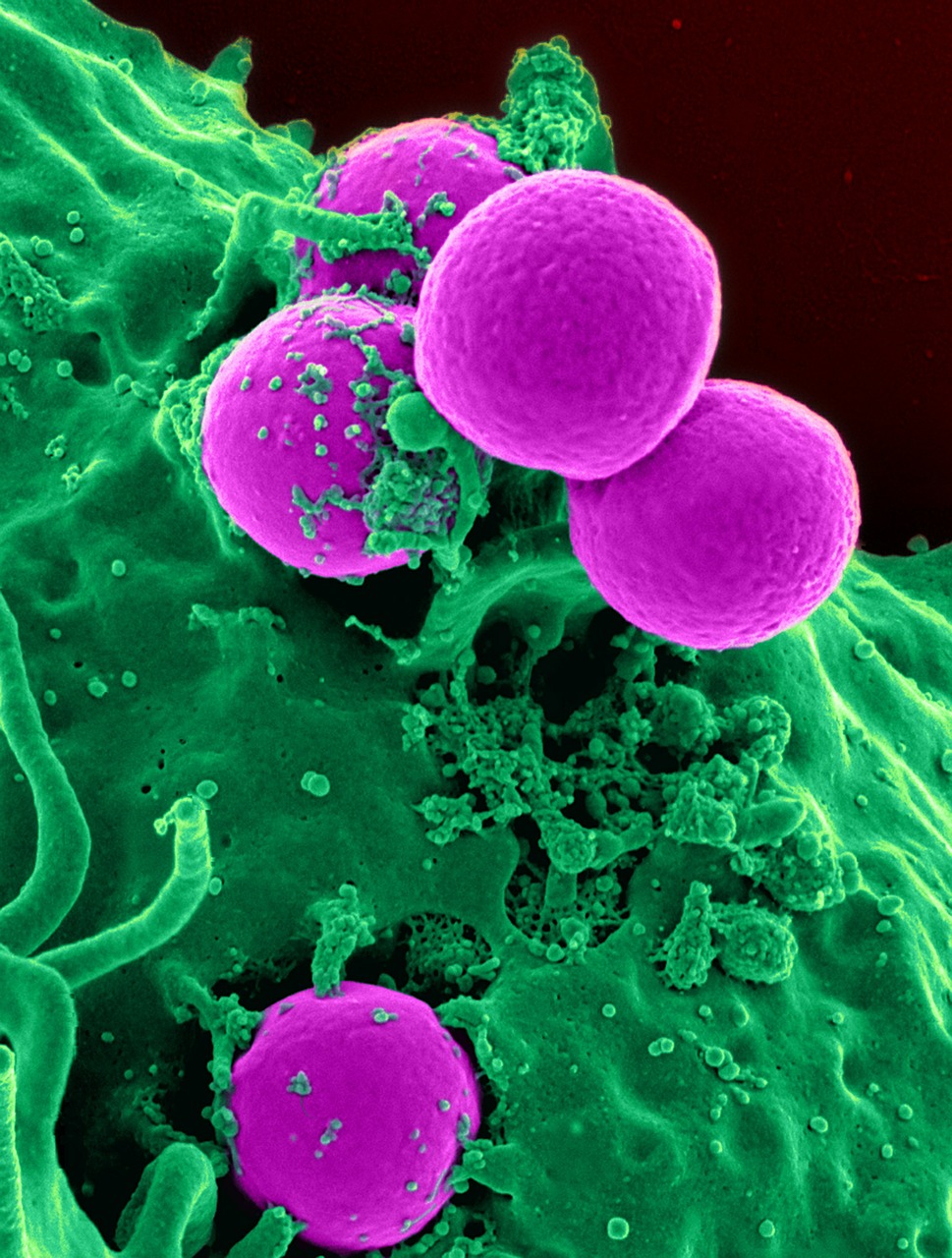Scientists from Duke University discovered that DNA contains a “built-in timer” that clocks the frequency with which mutations occur. Their research shows that DNA bases can change shape within a thousandth of a second, allowing them to temporarily morph into alternative states. This allows the replication machinery to incorporate wrong base pairs into the double helix. Although such mismatches are rare, they serve as the basis f0r genetic changes.
Our DNA is constantly making copies of its three-billion-base genetic code so it might not come as a surprise that sometimes mistakes happen. Researchers have wondered how DNA’s replication machinery makes the mistakes that it does. Especially because genetic changes that occur drive evolution and diseases like cancer.
Scientists lead by professor Hashim M. Al-Hashimi have now discovered a built-in “timer” that determines the frequency at which specific mutations spontaneously occur. They showed that certain DNA bases can shape-shift for a thousandth of a second, transiently morphing into alternative states. Their work was published in the journal Nature.
“Increasing or decreasing the rates of spontaneous mutations could significantly alter the ability of an organism to evolve or alter its susceptibility to disease,” said Hashim M. Al-Hashimi, Ph.D., senior author of the study and James B. Duke Professor of Biochemistry and Chemistry at the Duke University School of Medicine. “An interesting question is: What determines the mutation rate in a living organism,” Al-Hashimi said for Duke Today. “From there, we can begin to understand the specific conditions or environmental stressors that can elevate errors.”
The DNA replicates every time our cells divide. Polymerases make these copies of DNA by recognizing the shape of the right base pair combinations, G with C and A with T, and adding them to each new double helix. Sometimes, roughly one out of every 10.000 bases, they make mistakes. If not fixed these mistakes become mutations.
Ever since Watson and Crick described the iconic structure of the DNA double helix, scientists hypothesized that DNA bases might be able to change their shape, as to enforce mispairs. Just a few years ago, Al-Hashimi and his colleagues found proof. They used a technique called NMR relaxation dispersion to capture these tiny and short movements or “quantum jitters”.
In an earlier study published in Nature researchers showed bases G and T nudge aside the atoms on their surface, allowing them to connect like pieces in a puzzle. These rearrangements came in different varieties called “tautomeric” and “anionic” forms. At the time it wasn’t clear which ones were responsible for replication errors.
In this study, Duke graduate students Isaac Kimsey and Eric Szymanski upgraded their previous technique to examine the relationship between these shape-shifting bases and the errors made by the DNA-copying polymerase. They showed that shape-shifting of G and T occurred at about the same rate that polymerases incorporated G-T mismatches.
“In the past, we knew DNA polymerases make mistakes during DNA replication but did not know how they do it,” said Zucai Suo, Ph.D., Ohio State professor of chemistry and biochemistry. “Now, our study provides a mechanistic sense for how the mistakes arise.”
NMR data obtained by Duke researchers and partners at The Ohio State University was used as a “kinetic model” that traced the nearly invisible movements taken by the atoms in the mismatches that result in replication errors. They found that, though the different alternative states each contributed to errors, the tautomeric forms dominated under normal conditions and the anionic forms dominated in the presence of mutagens and environmental stress.
The results provide “convincing validation for the chemical origins of mutations proposed by Watson and Crick in 1953,” said Myron Goodman, Ph.D., a professor of molecular biology and chemistry at the University of Southern California, who was not involved in the study. “It is significant scientifically, and even though it took about 65 years to prove, it also demonstrates the folly of ever betting against Watson and Crick.”
The team made some surprising discoveries, including that the frequency at which bases shifted their shapes varied with the DNA sequence. In one of their experiments, Ohio State biochemists Zucai Suo and Walter Zahurancik counted the number of times that polymerases incorporated the wrong base into the DNA. They found that mistakes were not uniform but appeared more frequently in some sequences than in others. For example, a region with more Gs and Cs might form more quantum jitters, and subsequently more mutations, than an area that was rich in As and Ts.
“The textbook depiction of the iconic double helix shows a static double-stranded structure, but it turns out that on rare occasions it can morph into other shapes that exist for exceptionally small periods of time,” Al-Hashimi said. “Though some might question the importance of such states, there are a growing number of studies showing they can be major drivers of biology and disease. Given the difficulty in observing these phenomena, it makes you wonder how many more states are out there dictating the outcomes of biology that we don’t even know about.”
It is possible that quantum jitters are responsible not only for errors in replication, but also in other molecular processes such as transcription, translation, and DNA repair. From that point of view, it is essential that the researchers continue to investigate how these alternative states might disrupt the flow of information contained within our DNA.
Learn more about professor Al-Hashimi’s work in the video below:
By Andreja Gregoric, MSc










